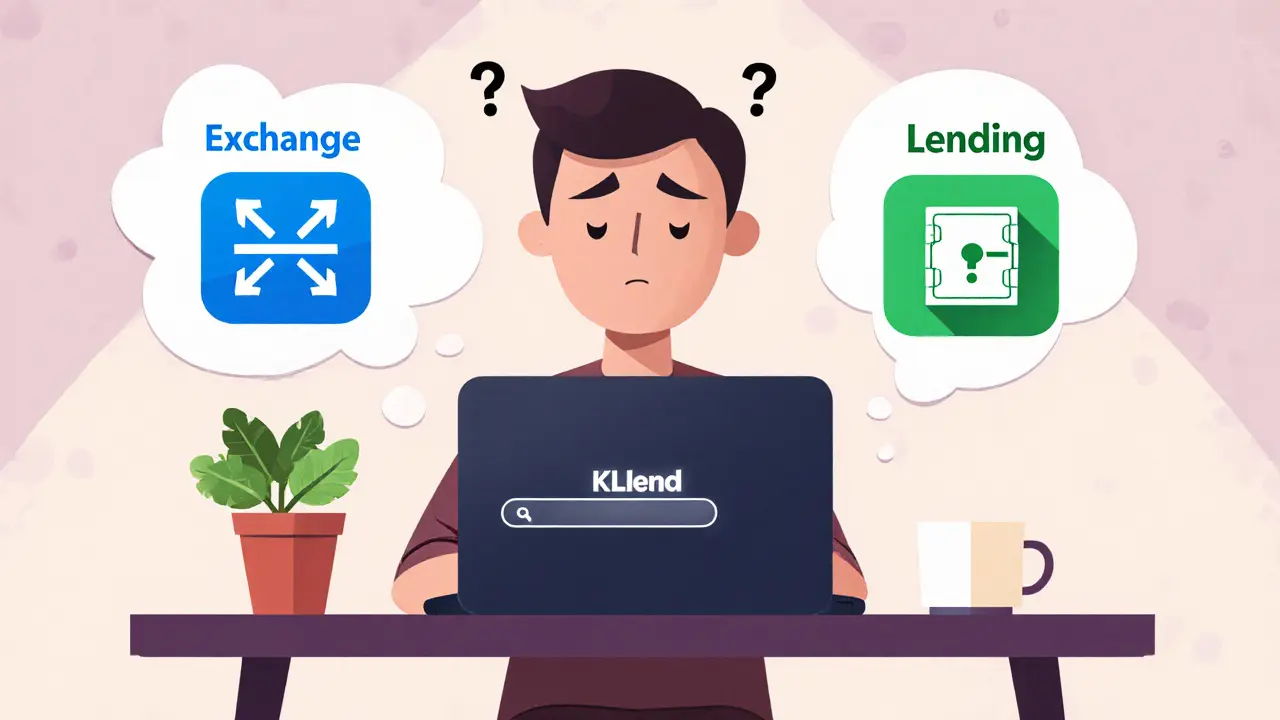KLend Review: A Practical Guide to the Crypto Lending Platform
When you hear KLend, a decentralized lending service that lets users earn interest or borrow crypto assets. Also known as K‑Lend, it operates on the principles of open finance and aims to simplify access to on‑chain credit. DeFi lending, the broader ecosystem of permissionless loan markets built on smart contracts forms the backdrop for KLend’s offerings, connecting lenders, borrowers, and liquidity providers without a central intermediary. This relationship means that KLend inherits the transparency and composability of DeFi, while also inheriting its technical risks. In plain terms, KLend lets you lock up crypto as collateral, earn yields on idle assets, or pull a loan instantly – all through code that runs on a blockchain.
Key Components You’ll See in Any KLend review
The first building block to understand is smart contracts, self‑executing code that enforces loan terms, collateral liquidation, and interest distribution. Because KLend’s entire workflow is encoded in these contracts, the platform’s security, upgradeability, and audit history become critical evaluation points. Next up is the notion of collateralized loans, loans backed by crypto assets that can be seized automatically if the borrower’s position falls below a safety threshold. KLend supports a range of assets— from major tokens like ETH and USDT to emerging DeFi project tokens—each with its own loan‑to‑value (LTV) ratio. The LTV determines how much you can borrow against your deposit, and it directly influences the platform’s risk profile. Understanding these ratios helps you gauge how aggressive or conservative a borrowing strategy can be.
The final piece of the puzzle is the interest rate model, the algorithm that sets borrowing costs and lender returns based on supply‑demand dynamics. KLend typically uses a variable rate that rises as utilization climbs, encouraging lenders to add liquidity while deterring excessive borrowing. Fees, such as liquidation penalties and platform maintenance charges, also shape net yields. A thorough KLend review will compare these rates against market benchmarks, highlight any hidden costs, and explain how rate changes can impact your position over time. By the end of this guide you’ll have a clear picture of how KLend blends DeFi lending, smart contract automation, collateral management, and dynamic pricing into a single service.
Armed with these concepts, you can now dive into the individual articles below. They break down KLend’s user interface, examine recent security audits, compare its rates to rival platforms, and walk you through step‑by‑step loan creation. Whether you’re scouting for a place to earn passive income or looking to unlock capital from your holdings, the upcoming reviews give you actionable insight to make an informed decision.

